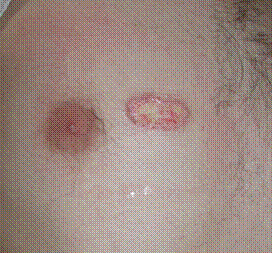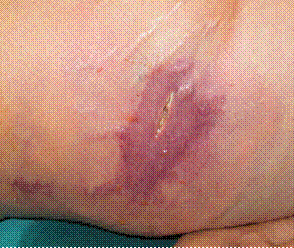Sunday, October 10, 2004
5507
Electrosurgery Injuries in the Operating Room
Introduction: Modern electrosurgical generators are sine qua non for everyday practice of all surgeons, in both hospital and office based surgery. In spite of the fact that electrosurgical unit is the most frequently used energy source in the operation room, it is probably the least understood one by the operation room personnel, not excluding the physicians. In this study, basic electrosurgical principles are reviewed and some proposals that will guide surgeons through appropriate, effective and uncomplicated electrosurgery applications are presented in combination with our experiences.
Material and Methods: We determined and documented all electrosurgery injuries occurring in our operating rooms in the last 12 months. We revealed causative factors and preventive measures to minimize these injuries. For this purpose, we analyzed the injuries, reviewed the literature and had interviews with electrosurgery generator manufacturers.
Results: We encountered 10 electrosurgery injuries, six of which were glove bites of the surgeons that are painful accidents experienced by many of us (Fig. 1). Five distinct mechanisms were identified for these burns. Four of the injuries were different electrosurgery complications faced by the patients, one of which was eventually fatal. These complications included two alternative site burns (Fig. 2), one plate burn and one laparoscopic direct coupling injury to the bowel (Fig. 3).
Conclusions: Electrosurgery injuries in the operating room are not infrequent. We believe that the issue deserves attention, because a conceptual understanding of some basic principles is important to an adept use of the instruments and the prevention of stray current injuries. Besides, appropriate and effective use of electrosurgery is directly related to length of operation, blood loss, infection, pain and wound healing. We recognized that simple precautions would sufficiently eradicate these injuries and composed some suggestions for electrosurgery performers.
 |
Figure 1: A glove bite encountered during electrosurgical dessication utilizing high power “coag” mode.
 |
Figure 2: An alternative site burn of a patient after a craniofacial surgery.
 |
Figure 3: Retrograde necrotizing soft tissue infection secondary to bowel perforation as a complication of monopolar laparoscopic electrosurgery.
View Synopsis (.doc format, 159.0 kb)
